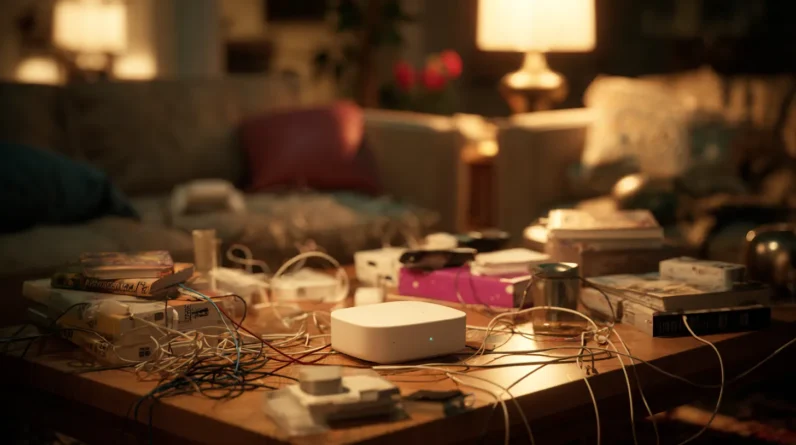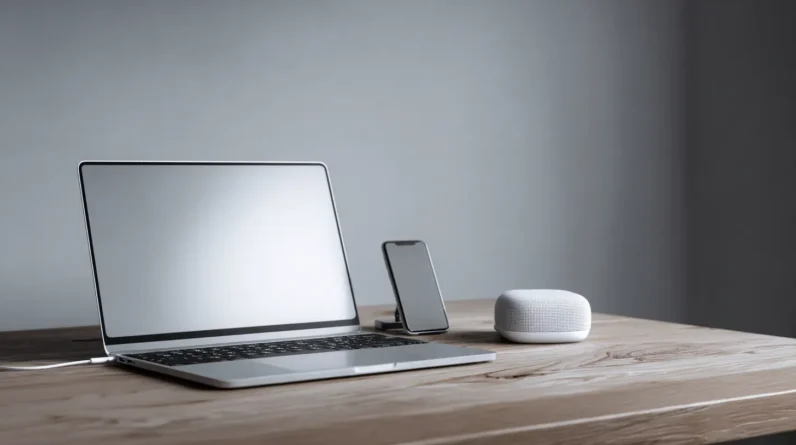
We’re managing our energy consumption by setting up a smart home energy management system that streamlines our energy usage, reduces waste, and saves us money. To get started, we’re choosing the right system by considering the types of devices we want to control, verifying compatibility, and evaluating scalability. Next, we’re appraising our home’s energy needs by reviewing past bills, conducting an energy audit, and identifying areas of heat loss or gain.
We’re then selecting compatible devices, setting up our energy hub, and monitoring our energy usage to optimize our consumption. As we explore these steps, we’ll uncover the full potential of our smart home energy management system.
Choosing the Right System
When selecting a smart home energy management system, we must consider several key factors to make certain we choose the right one that meets our specific needs and complements our existing home infrastructure. We need to determine the type of devices we want to control, such as lights, thermostats, and appliances, and verify the system is compatible with them. We should also consider the system’s scalability, as our needs may change over time.
We must evaluate the system’s user interface and mobile app, making sure they are intuitive and provide real-time energy usage data. In addition, we should look into the system’s integration with other smart home devices and its ability to learn our energy usage patterns.
Assessing Your Home’s Energy Needs
We need to take stock of our home’s energy usage patterns to determine how much energy we’re consuming and identify areas where we can cut back. This assessment will help us understand our energy needs and create a tailored plan for our smart home energy management system. To get started, we need to:
– Review our past energy bills to identify peak usage times and seasons
– Conduct an energy audit to detect energy-wasting appliances and lighting
– Identify areas of our home that are prone to heat loss or gain
– Consider our lifestyle and habits, such as how many people live in our home and our daily schedules
Selecting Compatible Devices
Now that we’ve assessed our home’s energy needs, it’s time to choose devices that will help us optimize our energy usage, starting with smart thermostats, energy monitors, and smart plugs that can seamlessly integrate with our system. When selecting devices, we need to take into account factors such as compatibility, features, and cost. We should look for devices with open APIs, allowing us to integrate them with our energy management system.
We should take into account devices with advanced features like real-time energy monitoring, scheduling, and automation. By choosing the right devices, we can establish a cohesive and efficient energy management system that meets our specific needs.
Setting Up Your Energy Hub
Our energy hub, the central brain of our smart home energy management system, requires a router or a dedicated device to connect and control all our chosen devices. This hub will integrate our selected devices, allowing us to monitor and manage our energy usage effectively. To set it up, we need to:
– Connect our hub to our router or modem using an Ethernet cable
– Power on the hub and wait for it to boot up
– Follow the manufacturer’s instructions to configure the hub’s settings
– Install the companion app on our smartphone or tablet to access and control the hub remotely
Monitoring and Optimizing Energy Use
As the energy hub begins to collect data from connected devices, it’s essential to monitor and analyze energy usage patterns to identify areas of inefficiency and opportunities for optimization. We can access this data through the energy management system’s dashboard, where we can view real-time energy consumption, track historical usage, and receive alerts for unusual patterns. By analyzing this data, we can pinpoint devices or systems that are consuming excessive energy and take corrective action. For instance, we might adjust the thermostat’s schedule or replace inefficient lighting with LEDs. Moreover, we can set energy budgets and receive notifications when we’re approaching or exceeding them, enabling us to make adjustments and optimize our energy use.
Conclusion
As we flip the switch on our smart home energy management system, the lights of efficiency illuminate our path. With every device humming in harmony, our energy hub becomes the conductor of a symphony of savings. We’ve orchestrated a synchronized dance of power and precision, where every watt is accounted for and every kilowatt-hour is optimized.
Our smart home is now a finely-tuned machine, and we’re the maestros of energy efficiency.







